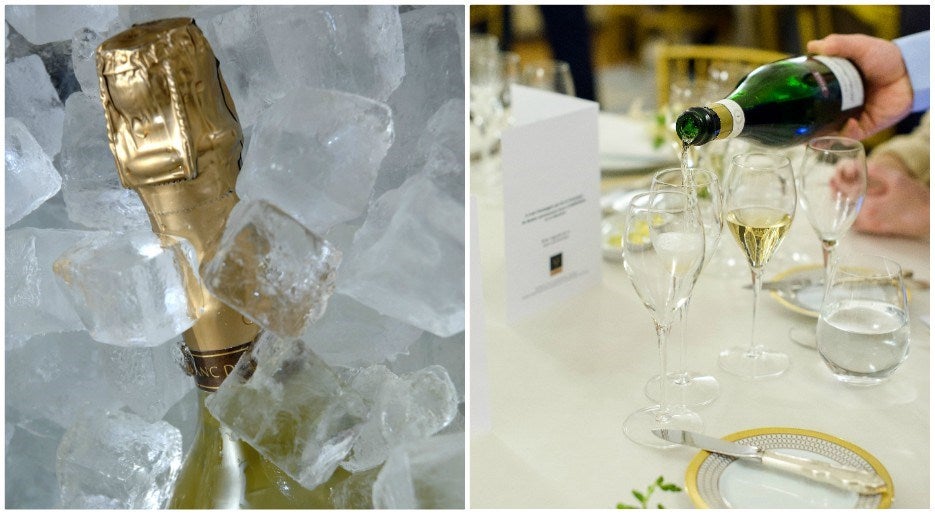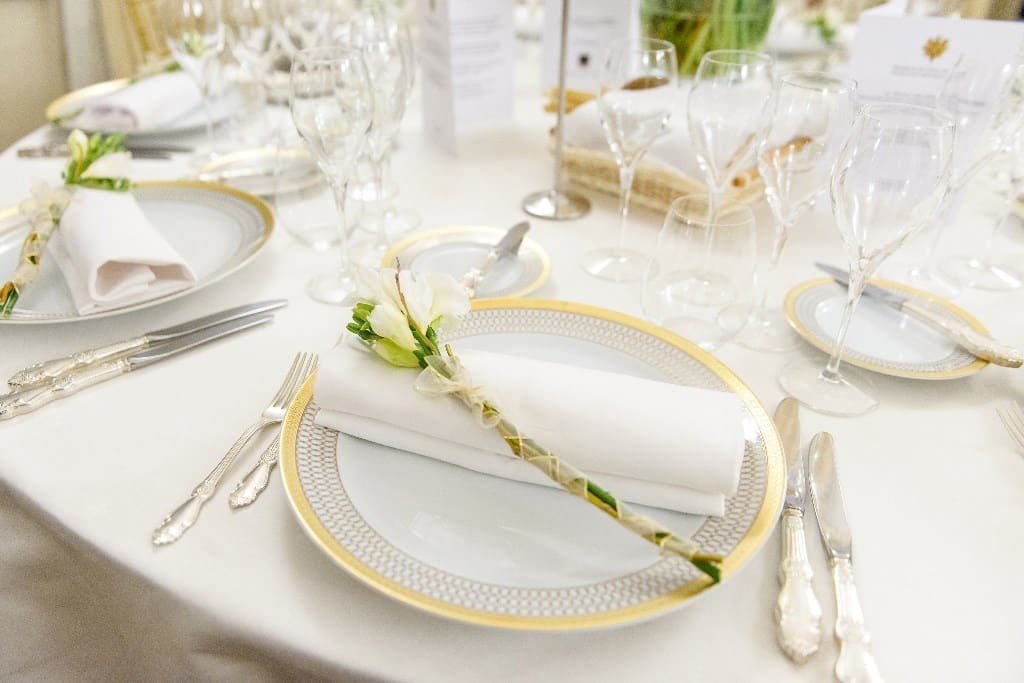Some occasions call for Champagne. Whether a celebration, a surprise occasion or simply a moment to be savoured, the moment is all the more special if it's done right!
Domenico Avolio, director of the Bureau du Champagne (body representing the Comité Champagne, which protects the denomination "Champagne" and its producers based in Epernay), explains 10 rules that allow to maximise the full potential of this fine wine.
How to serve Champagne
1. Serving Temperature
Champagne should be served fresh, never cold. Too low a temperature inhibits the full appreciation of the aromas and the finer and more elegant nuances of Champagne. The ideal serving temperature is between 8 and 10 degrees, obtained by leaving the bottle in the lower compartment of the refrigerator for about three hours. The ideal solution is to cool Champagne in an ice bucket for twenty minutes in a mixture of ice, water and salt.
2. The Best Glasses ...
Preferably flutes with the characteristic tulip shape. Wider cups allow the aromas to escape too quickly. In contrast to the thick and heavy Champagne bottle, which must contain the turbulence of the second fermentation typical of Champagne, the flutes must be light and delicate, to showcase and enhance the aromas of this fine wine.
3. Clean Glasses
Wash your glasses with very hot water only. The small bubbles of bubbles that rise upwards from the bottom of the glass are enhanced by a very clean glass that must not contain residue of detergent. After washing, preferably only with very hot water, let the glasses drip dry. Using a cloth could also leave residues and unwanted odours.
4. Serving Technique
Once the bottle is removed from the ice bucket, use a white cloth to dry it. Hold it firmly from the bottom with the whole palm of your hand and make sure that the label is facing your guest. Do not ruin the habillage of the bottle the aluminum part that wraps around the neck: every detail is important to enhance the elegance and the value of the "wine of the kings".
5. Forget the "Pop"
Do not make a pop. Never! When you uncork a bottle of Champagne, grip the cap with confidence and pull it out slightly by turning it without leaving it: the sound that opens a special moment, like a breath.










